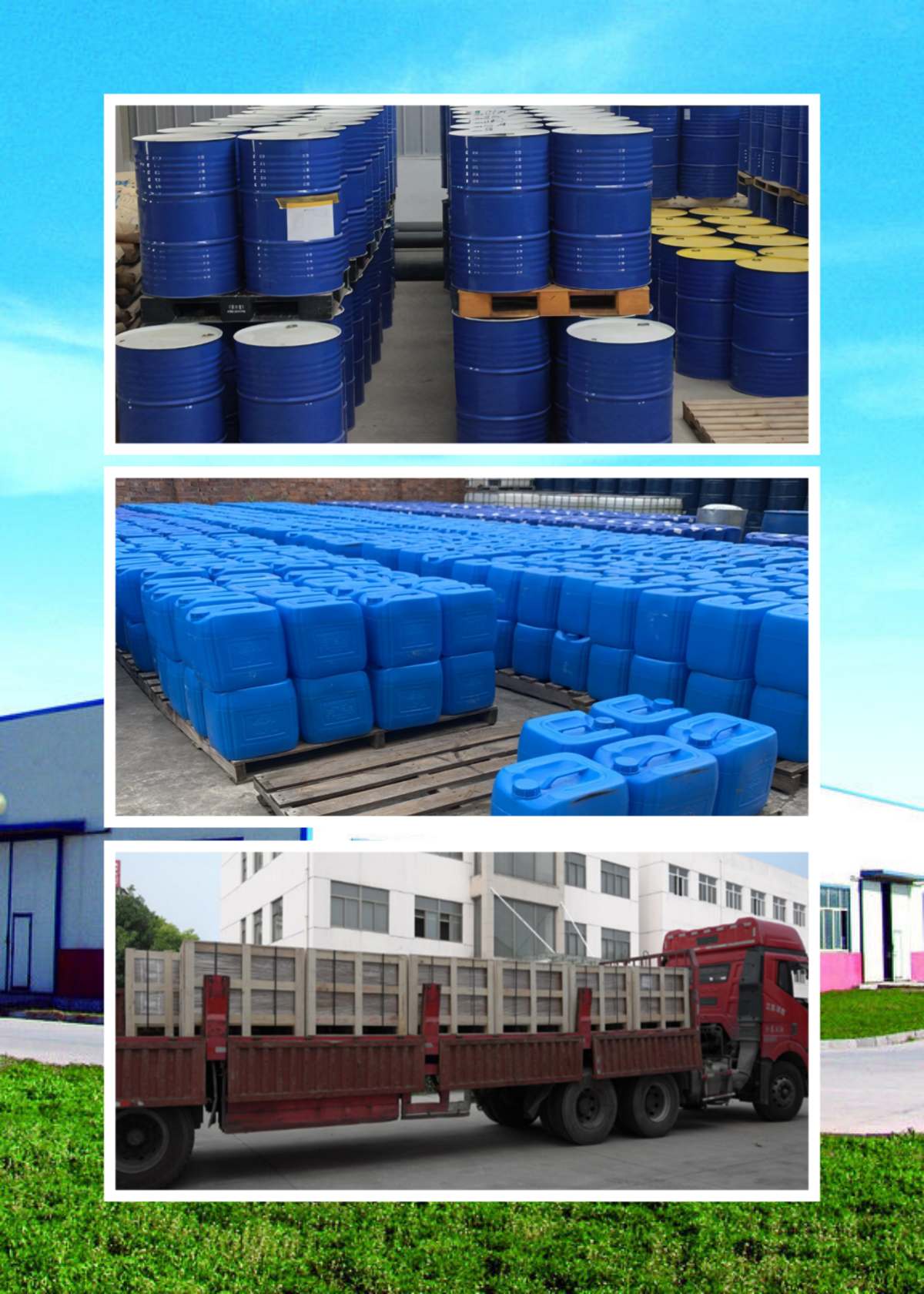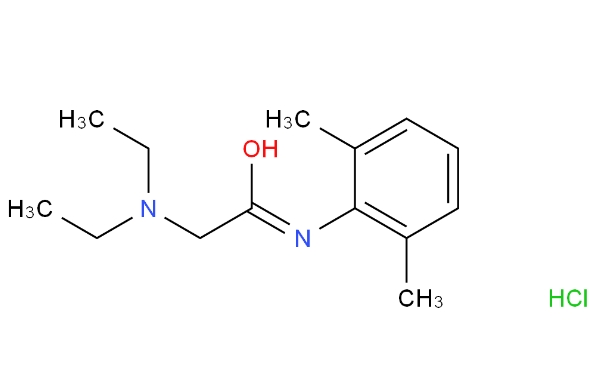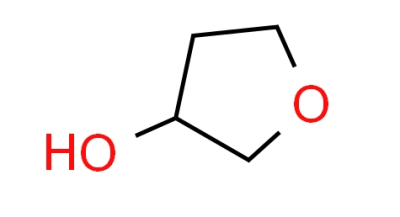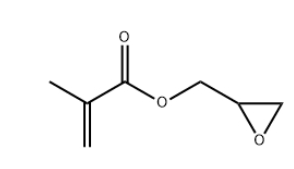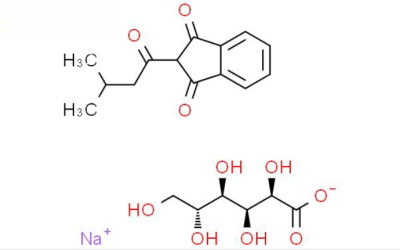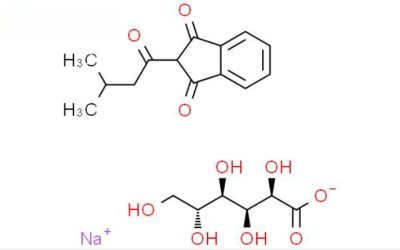CAS 73-78-9
Point de fusion : 80-82°C
Point d'ébullition : 350,8 °C à 760
mmHg Point d'éclair : 166 °C PSA : 32,34000
logP : 3,45870
Aspect : poudre de cristaux blancs Propriétés chimiques : Le chlorhydrate de lidocaïne est un cristal blanc et inodore au goût amer et engourdi. Il est facilement soluble dans l'eau, l'éthanol et les solvants organiques, mais insoluble dans l'éther. Les solutions aqueuses dans le cas d'acide et d'alcali ne se décomposent pas, les autoclaves répétés se détériorent rarement.
Couleur : Poudre Propriétés physiques :
Point de fusion : 80-82 °C
Solubilité : Dissous dans l’eau.
Facilement dissous dans les solvants organiques.
Caractéristiques spectrales : MASS : 1594 (Base de données sur les spectres de masse de l'EPA-NIH du National Bureau of Standards, NSRDS-NBS-63)
Pics spectraux de masse intenses : 58 m/z, 72 m/z, 86 m/z, 234 m/z
Température de conservation : Réfrigéré
Pharmacology and toxicology
When the plasma awareness exceeds 5 μg·mL-1, convulsions can occur, and at low doses, it can promote the outflow of K+ in myocardial cells, minimize the auto-discipline of the myocardium, and have anti-ventricular arrhythmic effect; At therapeutic doses, there is no full-size impact on the electrical endeavor of cardiomyocytes, atrioventricular conduction and contraction of myocardium; Further enlarge in blood awareness can reason slowing of cardiac conduction velocity, atrioventricular block, inhibition of myocardial contractility and limit of cardiac output.
Pharmacokinetics
After injection, the tissue distribution is speedy and widespread, and it can penetrate the blood-brain barrier and placenta. The product has high anesthesia intensity, quickly onset and sturdy diffusion power, and it takes about two hours for the drug to be eradicated from the neighborhood area, and the addition of epinephrine can lengthen its motion time. Most of them are first degraded by using liver microgranase into the deethyl intermediate metabolite monoethylglycinamide xylene that nevertheless has nearby anesthetic effect, the toxicity is increased, and then hydrolyzed by way of amidase, excreted in urine, about 10% of the dosage is excreted in the authentic form, and a small quantity seems in bile.
Indications
The product is a nearby anesthetic and antiarrhythmic drug. It is in most cases used for infiltration anesthesia, epidural anesthesia, floor anesthesia (including mucosal anesthesia in thoracoscopy or belly surgery) and nerve block. The product can be used for ventricular untimely beats and ventricular tachycardia after acute myocardial infarction, and can additionally be used for digitalis poisoning, cardiac surgical operation and ventricular arrhythmias induced by using cardiac catheterization, and the product is commonly ineffective for supraventricular arrhythmias.
Usage and dosage
For anesthesia
1. Commonly used quantity for adults
(1) Surface anesthesia: 2%-4% answer does no longer exceed 100mg at a time. The quantity of injection administration need to now not exceed 4.5 mg/kg (without epinephrine) or 7 mg/kg per 7 mg/kg (with 1:200,000 awareness of epinephrine).
(2) Sacral block for labor analgesia: with 1.0% solution, restricted to 200mg.
(3) Epidural block: 1.5%-2.0% answer for the thoracolumbar segment, 250-300mg.
(4) Infiltration anesthesia or intravenous place blockade: with 0.25%-0.5% solution, 50-300mg.
(5) Peripheral nerve block: brachial plexus (unilateral) with 1.5% solution, 250-300mg; 2% answer for dentistry, 20-100 mg; Intercostal nerve (each branch) with 1% solution, 30mg, 300mg as the limit; 0.5%-1.0% answer for paracervical infiltration, 100mg on the left and proper sides; Paravertebral spinal nerve block (per branch) with 1.0% solution, 30-50mg, 300mg as the limit; Pubic nerve with 0.5%-1.0% solution, 100mg on the left and proper sides.
(6) Sympathetic ganglion block: cervical stellate nerve with 1.0% solution, 50mg; Waist anesthesia with 1.0% solution, 50-100mg.
(7) One time limit, 200mg (4mg/kg) besides adrenal glands, 300-350mg (6mg/kg) with epinephrine; Intravenous vicinity blockade, most quantity 4mg/kg; Intravenous injection for treatment, the first preliminary dose of 1-2mg/kg, the most quantity of 4mg/kg, person intravenous drip is constrained to 1mg per minute; Repeated a couple of administrations with an interval of no longer much less than 45-60 minutes.
2. Commonly used quantity for children
Depending on the individual, the whole quantity of one administration have to now not exceed 4.0-4.5mg/kg, 0.25%-0.5% answer is oftentimes used, and 1.0% answer is used in distinct circumstances.
Antiarrhythmic
1. Commonly used amount
(1) Intravenous injection: 1-1.5mg/kg physique weight (generally 50-100mg) for the first load intravenous injection for 2-3 minutes, if necessary, repeat intravenous injection 1-2 instances after each 5 minutes, however the whole quantity inside 1 hour shall now not exceed 300mg.
(2) Intravenous drip: normally 5% glucose injection is organized into 1~4mg/mL drug infusion or administered with an infusion pump, and after the load, it can proceed to be maintained intravenously at a price of 1~4mg per minute, or intravenous drip at a price of 0.015~0.03mg/kg physique weight per minute. The elderly, coronary heart failure, cardiogenic shock, diminished liver blood flow, liver or kidney dysfunction must limit the dosage, to 0.5~1mg per minute intravenous drip. It can be intravenously instilled with 0.1% answer of the product, now not exceeding 100mg per hour.
2. Extreme quantity
The most load inside 1 hour of intravenous administration is 4.5 mg/kg physique weight (or 300 mg). The most protection quantity is four mg per minute.